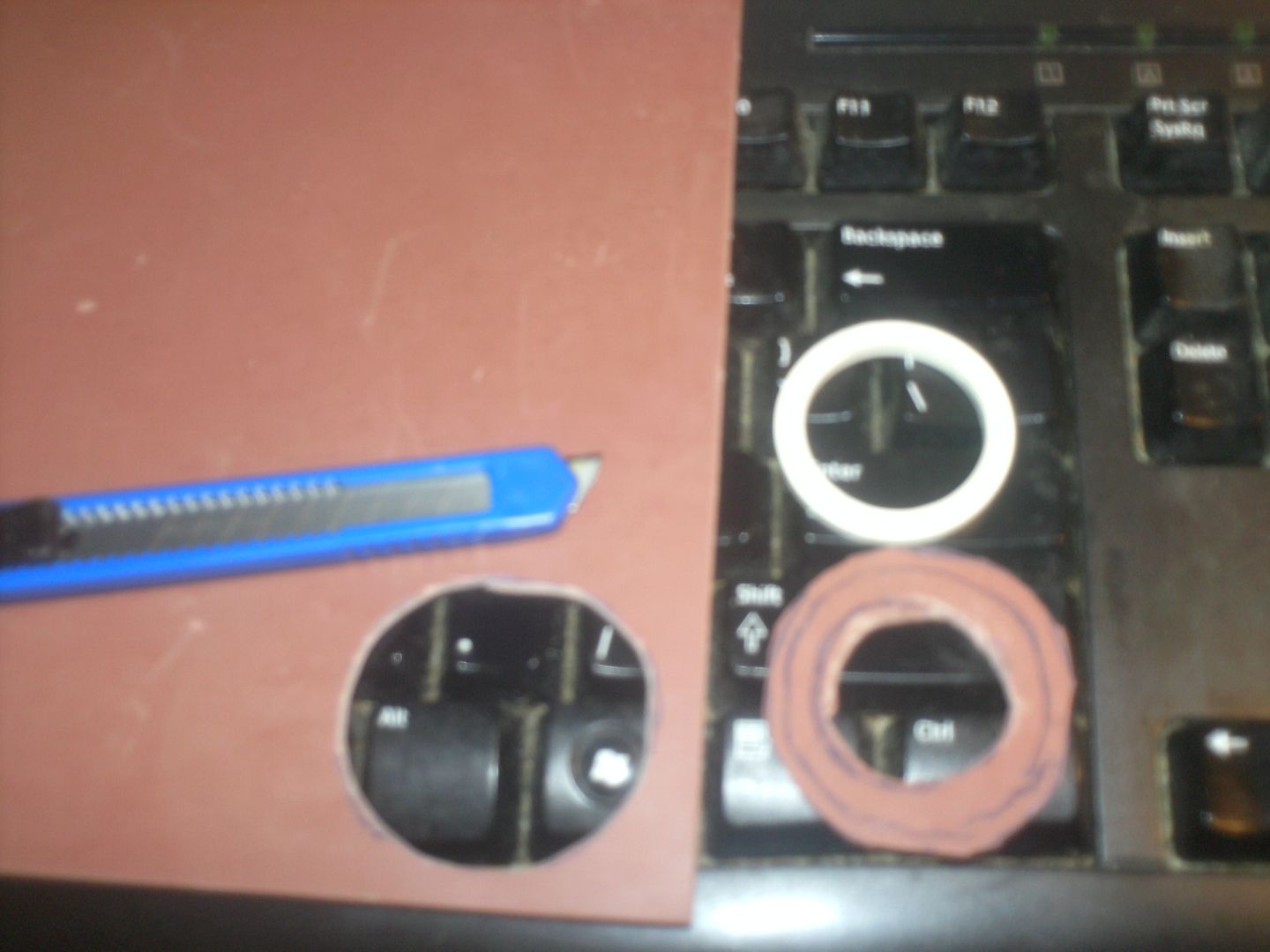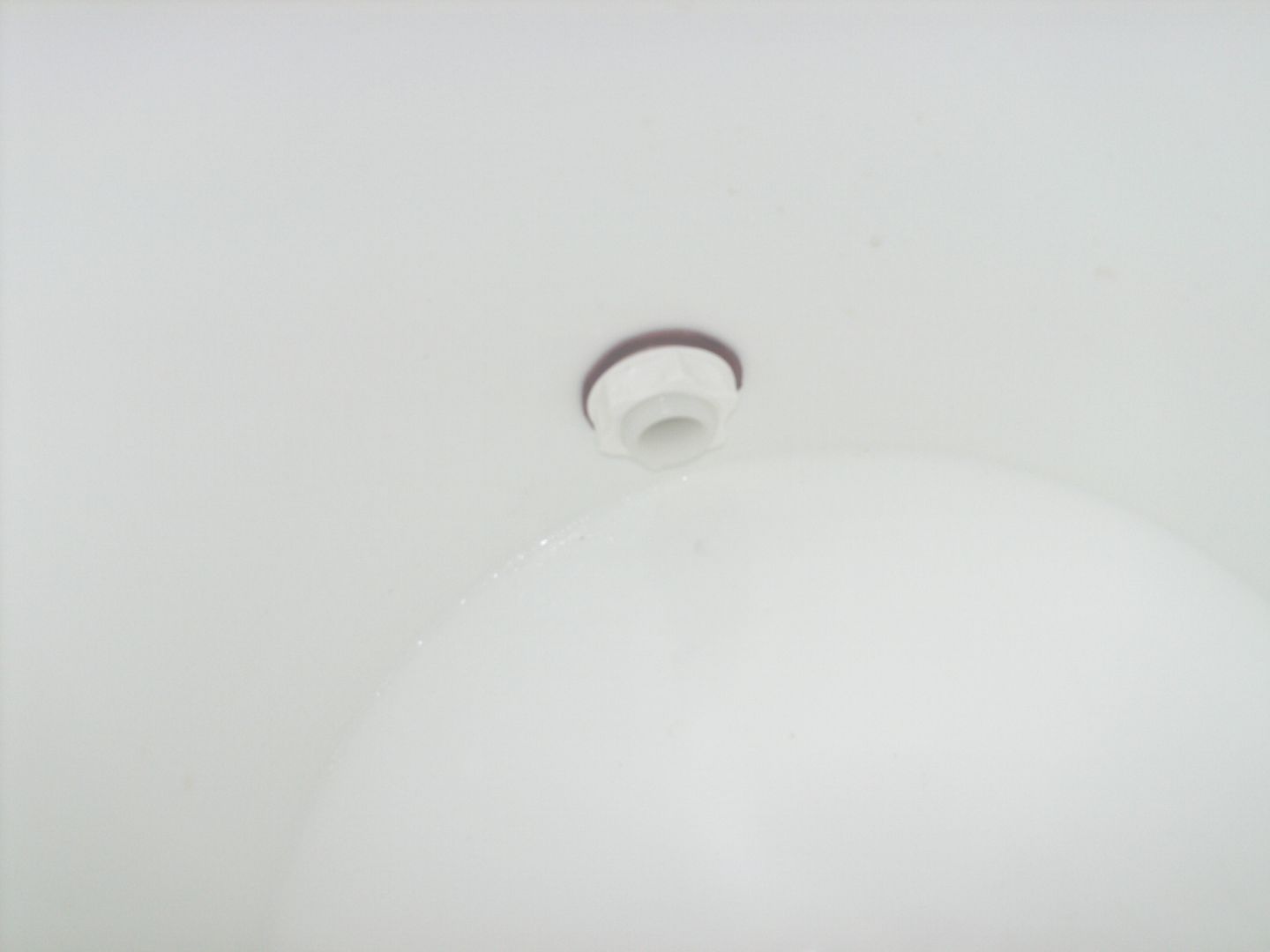I checked my fermenter just a few minutes ago, and at the bottom of the spigot from my Speidel was a single drop. I rubbed my finger on the drop and it felt like syrup and smelled extremely good. I hadn't noticed it previously though my beer has been in the fermenter since Saturday. I really hope there's not a place in the spigot that could be cause for infection.
View attachment ImageUploadedByHome Brew1435114261.212860.jpg
View attachment ImageUploadedByHome Brew1435114261.212860.jpg













![Craft A Brew - Safale S-04 Dry Yeast - Fermentis - English Ale Dry Yeast - For English and American Ales and Hard Apple Ciders - Ingredients for Home Brewing - Beer Making Supplies - [1 Pack]](https://m.media-amazon.com/images/I/41fVGNh6JfL._SL500_.jpg)













































